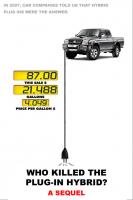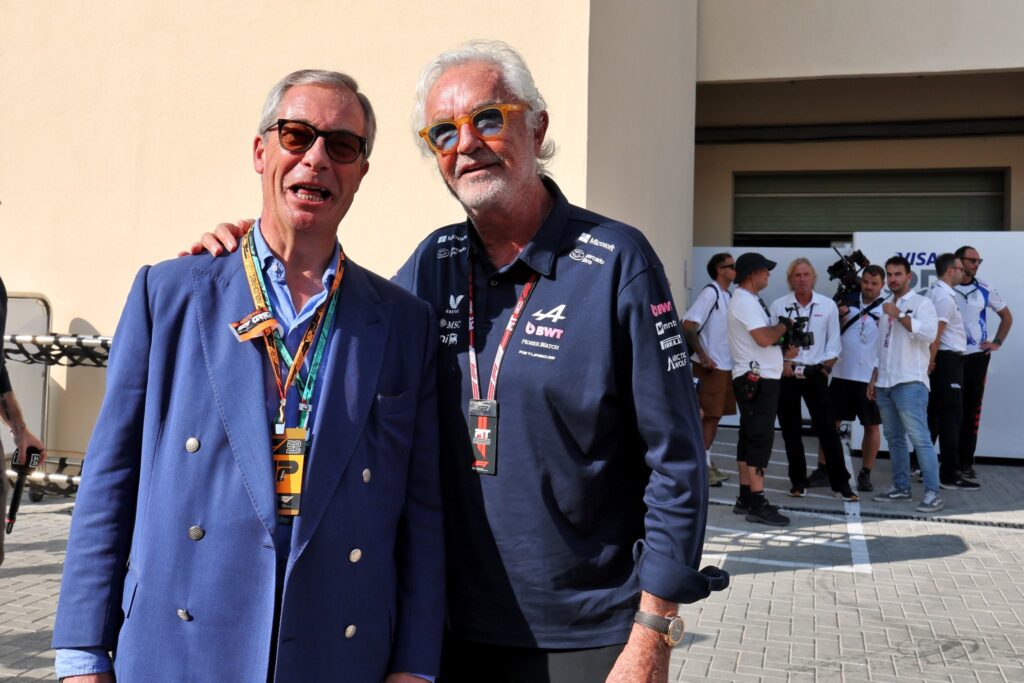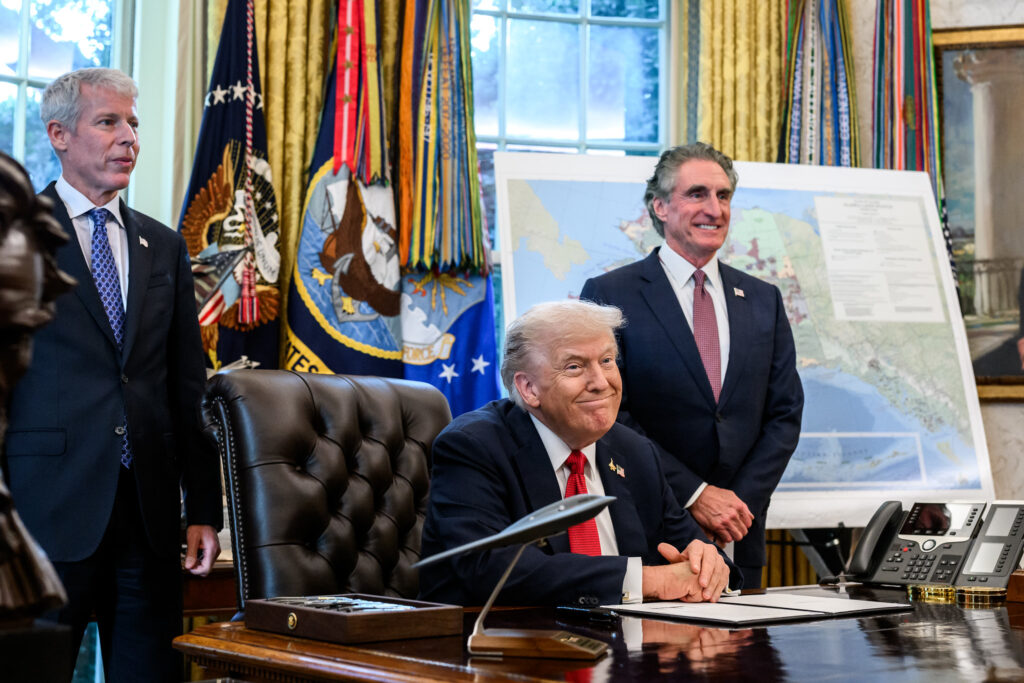For those of you haven’t seen the film Who Killed the Electric Car , the premise is quite simple and by the looks of things, it’s a premise that could repeat itself in the next decade or so.
The film tells a story about the EV1 a fully electric, zero emissions vehicle developed by General Motors and leased to Californians in the mid-1990s. There were hundreds on the road with electric charging stations available in much of the state.
The EV1 was developed in response to new legislation introduced by the State that demanded a certain percentage of new cars sold in California be zero emission vehicles.
While at the same time as the EV1 was being marketed and enjoyed by thousands in the state, the auto manufacturers (including General Motors) were working quietly behind the scenes with their team of lawyers and lobbyists to reverse, or at least severely water-down, the zero emission vehicle law.
In the end, the auto manufacturers won and General Motors canceled production of the EV1 shortly after. GM then collected up all the EV1‘s from owners when their leases expired. Even cash on the barrel offers to buy the EV1’s from General Motors were rejected by the company.
Today, there’s a similar situation in California, and in many other states across the US. While automakers tout new, environmentally-friendly technology, they have quietly been involved in a lawsuit against the State of California over a new law that would force new vehicles to meet strict greenhouse gas emissions standards. Many of the other states who have introduced similar legislation are also being sued by the same cast of characters.
You can go here for more in-depth timeline and the actual court documents.
The latest emission-cutting technology being touted by Detroit is the “hybrid plug-in” (HPI) vehicle, a kind of three-quarter electric, one-quarter gas powered compromise. Ford Motor announced today that they would be developing an HPI that would hit showroom floors in the next 5 to 10 years. General Motors and Toyota have made similar commitments to develop and sell HPI technology.
So far, over the past 17 years, promises of new technology, while fighting against mandatory regulation of vehicle emissions and fuel efficiency standards appears to be the preferred strategy of the auto industry.
Here’s the timeline:
1990: California introduces the Zero Emission Vehicle mandate, calling for 2% of all new cars to be zero emissions by 1998
1996: General Motors introduces the EV1, a fully electric car, in California
2001: Amidst heavy industry lobbying, the California Air Resource Board waters down original ZEV laws and allows for partial ZEV credit for hybrid vehicles
2002: Gov. Gray Davis introduces new legislation calling for stricter standards on greenhouse gas emissions for vehicles.
2003: California Air Resource Board waters down ZEV laws again by removing the requirement for electric vehicles.
2003: General Motors shuts down EV1 program
2004: Alliance of Automobile Manufacturers (representing Ford, Toyota, GM etc.) files suit against the State of California over the 2002 legislation introduced by Gray Davis. The suit continues today.
July, 2006: Toyota says it will produce a “plug-in hybrid”
November, 2006: General Motors announces that it will introduce a “plug-in hybrid” by 2009
July, 2007: Ford Motor Company announces that it will introduce a plug-in by 2017
Over the same 17 years, greenhouse gas emissions from vehicles has continued to increase and fuel efficiency standards have remained the same.
So are we seeing a sequel to Who Killed the Electric Car? in the making. With auto manufacturers saying one thing in the public eye and another thing in the courtrooms, it sure looks to be that way. Or at the least, the public has every right to be wary about promises by automakers of possible environmental friendliness at some point in the future.
Personally, I believe in the old adage that humans never learn from past mistakes and 15 years from now I’ll be driving my daughters (in a gas-powered car) to see “Who Killed the Plug-in Hybrid,” the whole time complaining that it’s not nearly as exciting as the original.
Subscribe to our newsletter
Stay up to date with DeSmog news and alerts






